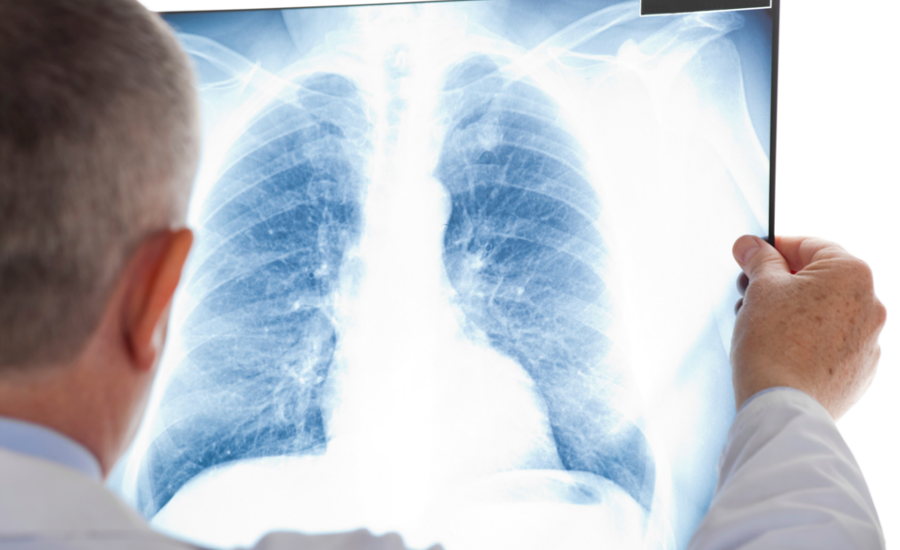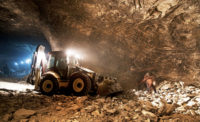Black Lung disease is experiencing a resurgence among coal miners, according to recent data, with a strong increase even among younger miners with fewer years of exposure to the respirable coal dust that causes the disease.
While it appeared that the incidence rate had declined in the 1990’s, information collected by National Public Radio (NPR) after a report was released by the National Black Lung Resurgence Institute for Occupational Safety and Health (NIOSH) indicate an unprecedented number of cases of Black Lung disease being diagnosed in Appalachia.
NPR obtained data from Black Lung clinics in Pennsylvania, West Virginia, Virginia and Ohio that showed 11 clinics reporting 962 cases since 2010. This is nearly 10 times the number of cases reported by the National Institute for Occupational Safety and Health (NIOSH) during the past five years. NPR also stressed that the frequency rate could be even higher because some of the 11 clinics had incomplete records and eight other clinics refused to provide any information.
NIOSH also notes that the earlier baseline figures may have represented underreporting, since the agency’s x-ray program is voluntary and only applies to working miners. Coal miners cannot be compelled to participate in the program nor can it test laid-off or retired miners. Attempts to collect accurate data are further complicated by the fact that miners often avoid testing because of fear of retribution or job loss by their employer. Since 2011, only 17 percent of Kentucky’s active mining workforce has been tested.
“This new information regarding the drastic increases in the occurrence of Black Lung Disease among miners, especially younger miners with less than 20 years underground, is alarming,” said Cecil E. Roberts, president of the United Mine Workers of America (UMWA). “It certainly tells you there is something wrong, at least in certain segments of the industry, to allow this to occur. I applaud NPR for uncovering this information. Now we must use it to determine why this is happening and what we need to do to correct it.”
UMWA Secretary Treasurer Robert Scaramozzino said the new data is disappointing, but not surprising. Scaramozzino blamed the increase on larger, more powerful equipment coupled with longer work shifts. He rejects the coal mine industry’s assertion that the recent reports reflect historical exposures. “Many of these miners have been in the industry less than 20 years—these are today’s exposure and incident rates,” he said.
In the decades since the passage of the 1977 Mine Act, the Mine Safety and Health Administration’s (MSHA) efforts to curb the disease have included lowering miners’ exposure limits to respirable coal mine dust, requiring the use of continuous personal dust monitors and compliance assistance initiatives.


